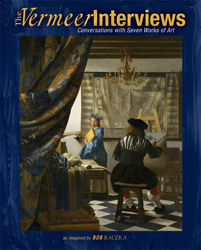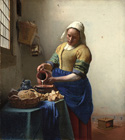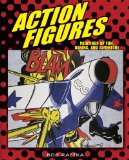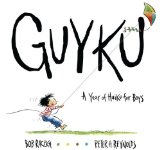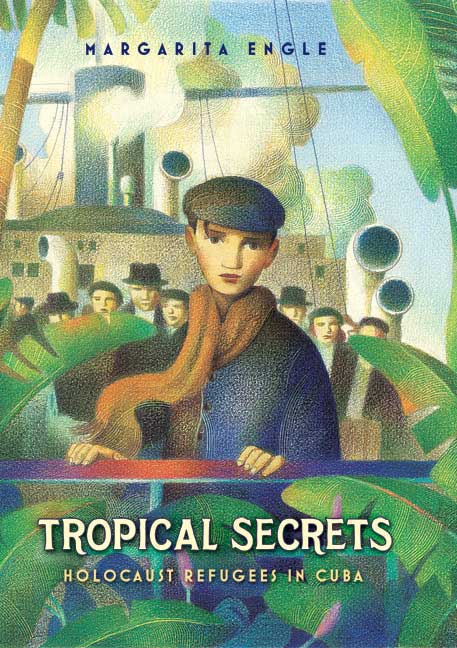 Nonfiction Monday is at bookstogether today! This is the first time I've hosted Nonfiction Monday since announcing my new (although not exclusive) focus on art and museum-related children's books, and to celebrate I'm featuring an interview with Bob Raczka, author of The Vermeer Interviews: Conversations with Seven Works of Art (The Millbrook Press, 2009) and many other books about art, the seasons, and poetry.
Nonfiction Monday is at bookstogether today! This is the first time I've hosted Nonfiction Monday since announcing my new (although not exclusive) focus on art and museum-related children's books, and to celebrate I'm featuring an interview with Bob Raczka, author of The Vermeer Interviews: Conversations with Seven Works of Art (The Millbrook Press, 2009) and many other books about art, the seasons, and poetry.
Please leave a link to your Nonfiction Monday post in the comments, and then check out the interview (and read the book!) to find out more about Vermeer's gossipy milkmaid, among others. I'll update this post with your links throughtout the day. Happy Nonfiction Monday!
Early birds
MsMac is in with a review of Becky Levine's book on critique groups at Check It Out.
Mary Ann Scheuer at Great Kid Books is sharing the Wimpy Kid Movie Diary. She says, "This movie-tie in goes beyond the simple repackaging, and is a fresh look at what it's like to make a movie - interesting info and lots of fun!"
Practically Paradise explores teaching standards with Enslow's series America's National Parks. "Let's get those students interested in nature and our great parks again."
Zoe at Playing by the Book reviews a cookbook that's great for kids today. N.b. her five year old daughter has been making dinner from it every Saturday night!
Sarah posted about Dinosaurs Roar, Butterflies Soar at In Need of Chocolate.
Over at Abby (the) Librarian, Abby's got a review of FDR's Alphabet Soup.
Jama has a review of Jill Esbaum's Everything Spring at Jama Rattigan's Alphabet Soup. By the way, that is the cutest duckling ever.
Angela reviewed Spies of Mississippi at Bookish Blather today.
Jennifer of Jean Little Library reviewed Jane Yolen's new picturebook biography, All Star!
Shirley has The Grand Canyon today at SimplyScience.
The Wild About Nature blog has a review of The Robin Makes A Laughing Sound: A Birder's Journal. They were also able to interview the author, Sally Wolf.
On Bookends, Cindy and Lynn are reviewing a terrific multi-age picture book, Shake, Rattle & Turn That Noise Down!: How Elvis Shook Up Music, Me and Mom by Mark Stamaty.
Afternoon delight
Today at The Book Nosher Robin is looking at a picture book about Jacob Lawrence.
Jeannine posted Biography Meets Mary Poppins and Peter Pan, which is about knowing a bit about an author before approaching a book.
Launching a week of Russell Freedman at Challenging the Bookworm, Freedom Walkers. Upcoming attractions include Who Was First? and Children of the Great Depression, with a bibliography at the end of the week.
Jen is in with a review of Nubs this week at Jen Robinson's Book Page.
Shelf-employed's post is on Sonia Sotomayor: a judge grows in the Bronx.
This is Lauren's first time participating in Nonfiction Monday (welcome, Lauren!)--she's got a review of Lois Ehlert's Planting a Rainbow at A Boy, A Book and A Dog.
Anna of Lost Between the Pages is in with The Forbidden Schoolhouse.
Anna J. is in with an older post about poet and children's author Michael Rosen at Full of Grace.
Helaine is in with a snort-worthy (her adjective!) post on how to get boys to read in which nonfiction figures prominently: Get Those Guys Reading!
